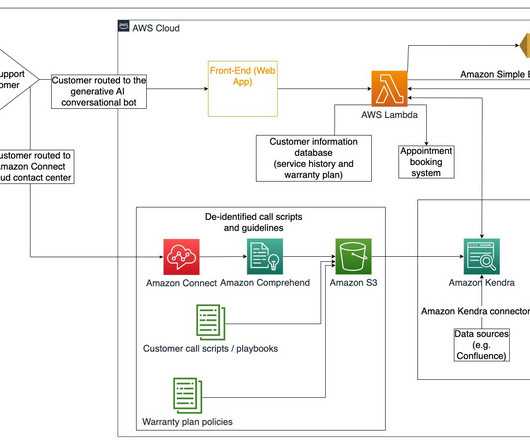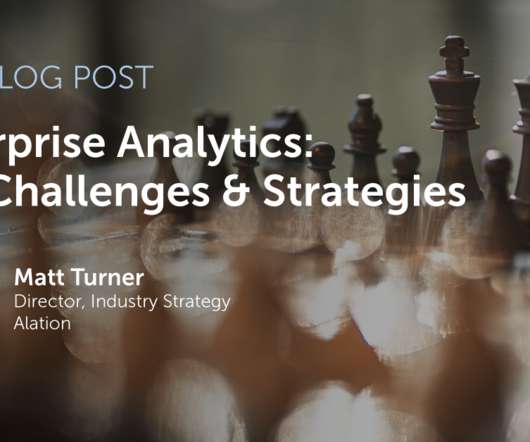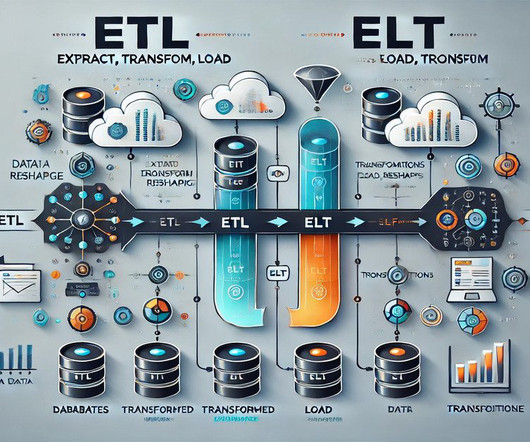8 steps to build a successful multicloud strategy
IBM Journey to AI blog
JANUARY 30, 2024
A multicloud is a cloud computing model that incorporates multiple cloud services from more than one of the major cloud service providers (CSPs)—e.g., Amazon Web Services (AWS), Google Cloud Platform, IBM Cloud or Microsoft Azure—within the same IT infrastructure.




















Let's personalize your content